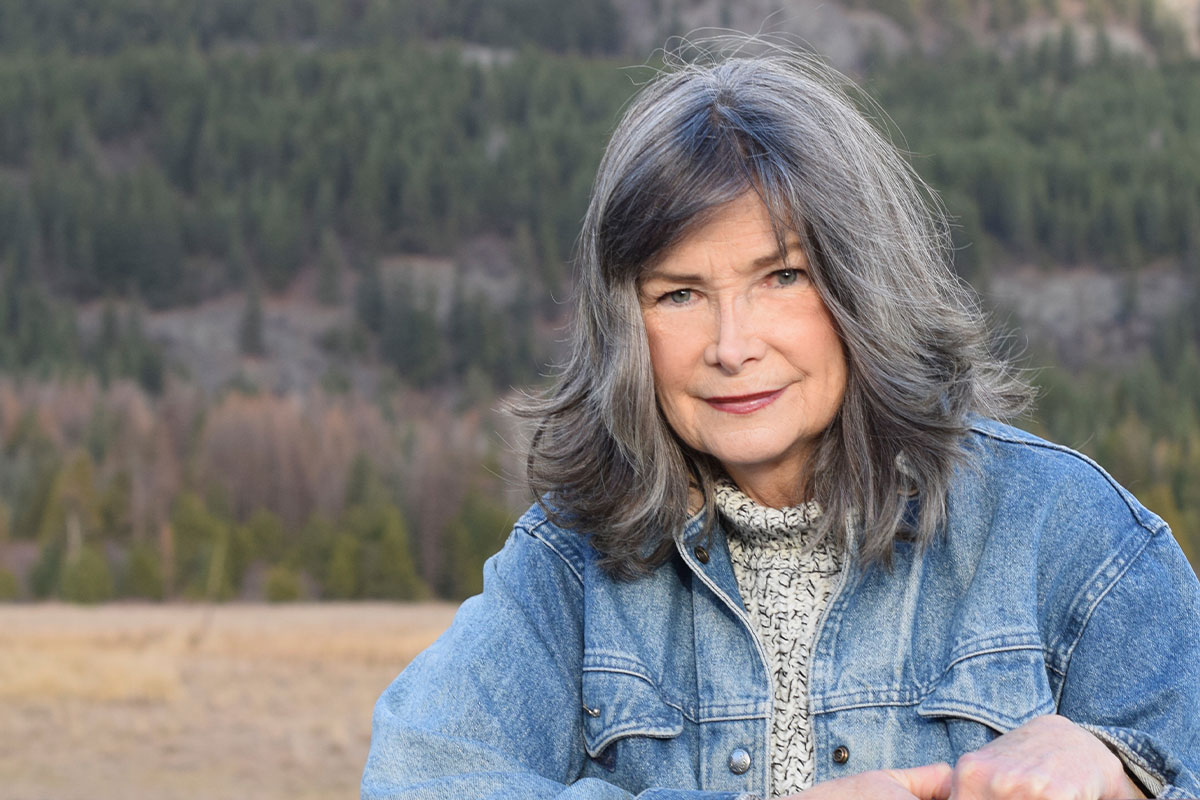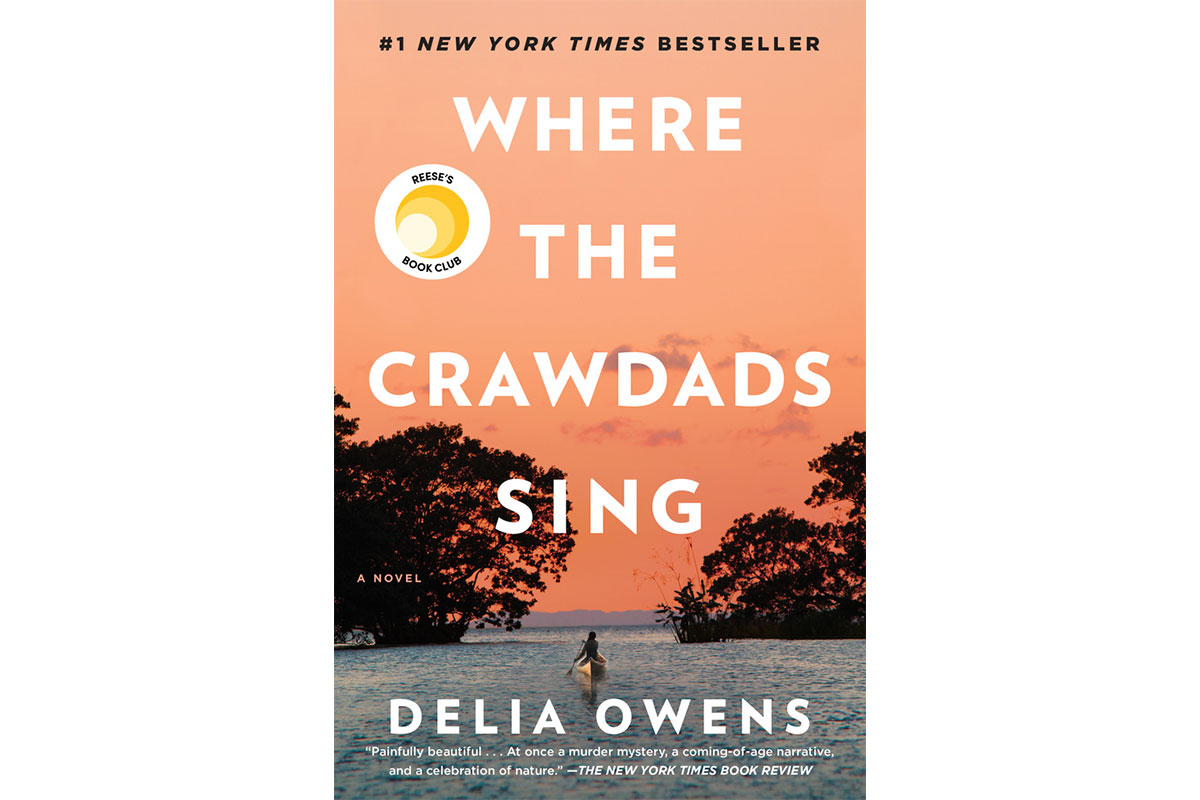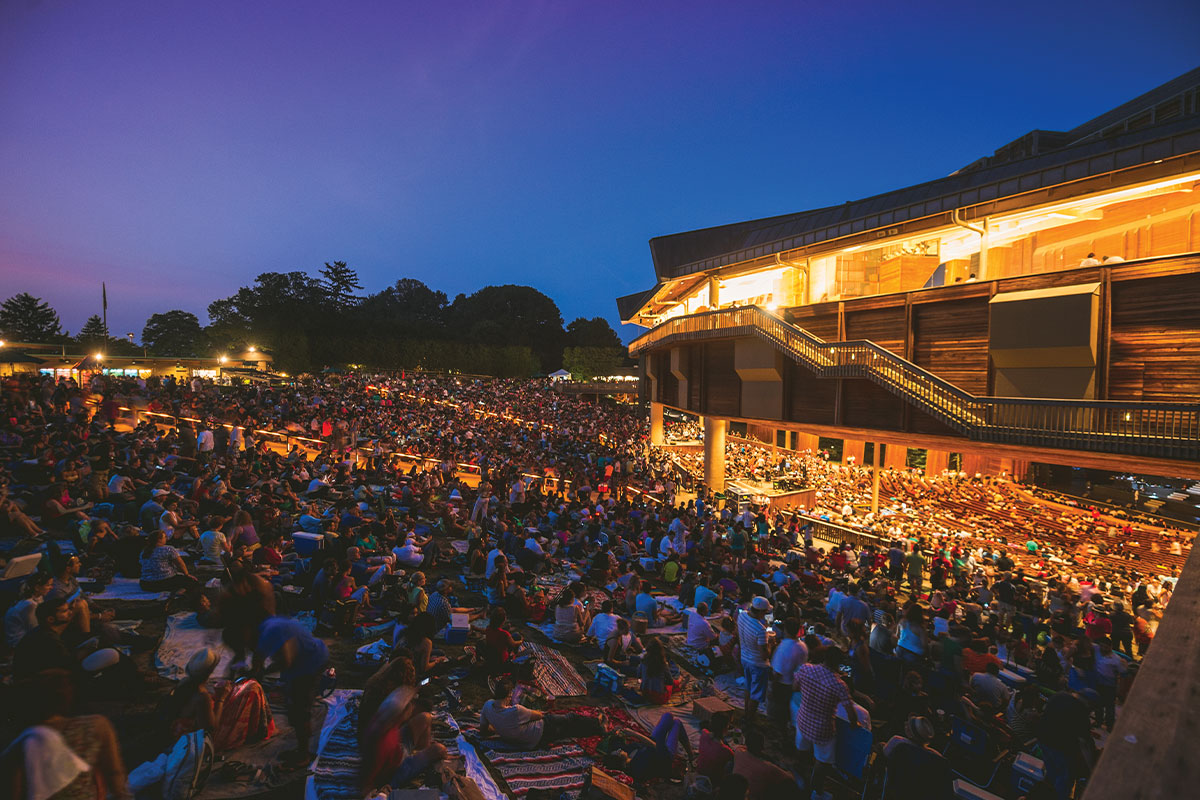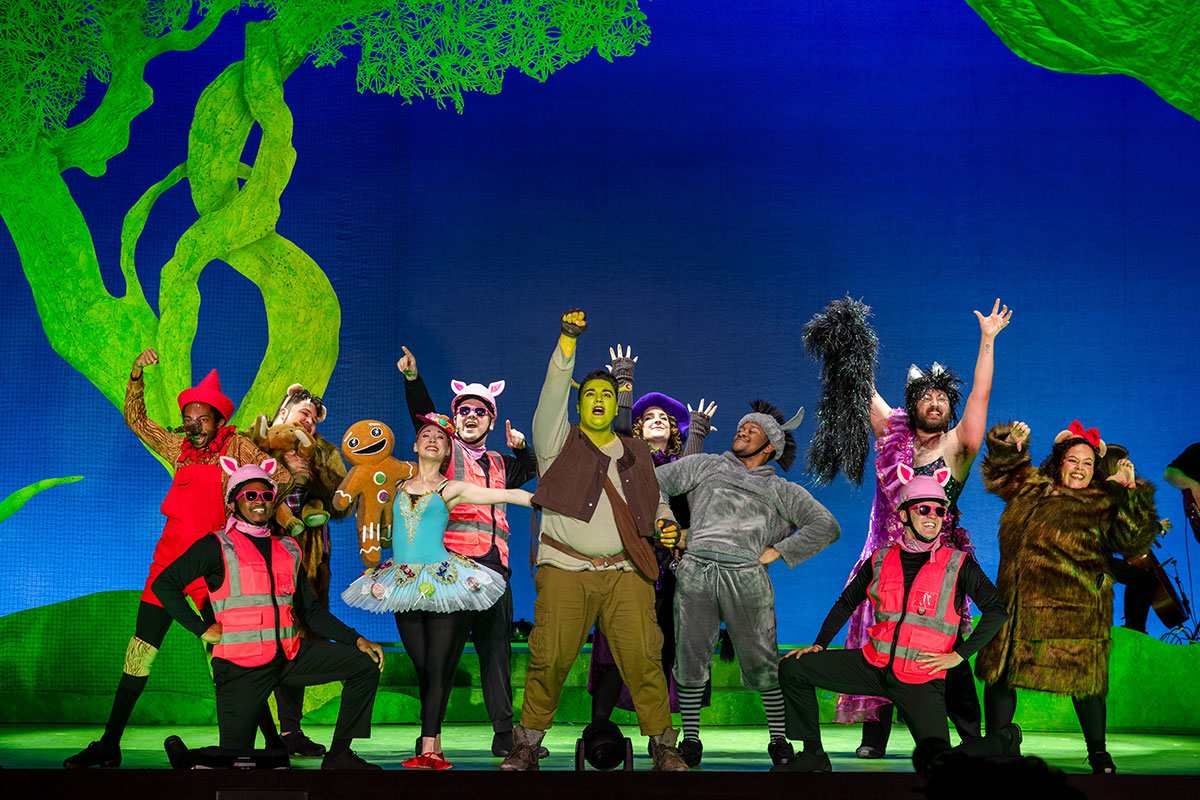
If you’ve walked into any bookstore this year, you’ve likely seen a copy of Where the Crawdads Sing. The sunset-orange cover framed with a girl in a canoe is hard to miss, especially due to its prime shelf location since its release in August 2018.
The first fiction novel by Delia Owens, scientist and co-author of three bestselling nonfiction books about her 23 years of scientific work in Africa, has graced the New York Times bestseller list for 14 months. It follows the story of Kya, known to the North Carolina small-town of Barkley Cove as “The Marsh Girl,” who raises herself in the marshlands, surviving the social and physical isolation that comes with being stigmatized by the local community in the 1960s, living by her natural instincts. When the town is shaken by a possible murder, the stories, secrets and emotional ties of everyone become more important than ever.
We spoke with Owens about her inspiration for the novel, advice for hopeful authors and what she is looking forward to most about attending the Fall for the Book Festival, in Fairfax from Oct. 10 to 12. Highlights from our conversation, below.

Where did your inspiration come from for Where the Crawdads Sing?
My entire life inspired this novel. It all started with my mother encouraging me to explore nature. Then, I studied wildlife in Africa for 23 years and was fascinated by how much of our behavior is similar to wild animals. Wilderness was our first home; it is where we became who we are. I became determined to write a novel that would explore how much we can learn about human nature from nature itself. I felt that I could accomplish this by writing a story of a young girl, who was mostly isolated from other people, so she had to survive on her natural instincts and the justice of nature.
How did you start writing, and what inspires you?
When I was in the sixth grade at my tiny grammar school in southern Georgia, I won a prize for writing the best essay in my class. I’m sure the piece wasn’t that good! But at the time, I thought to myself, “Hey, I could be a writer!” As I grew older, I chose science as my life’s work instead of writing. However, when in university, I read Aldo Leopold’s book, A Sand County Almanac, a nonfiction work flowing with exquisite nature writing, and I thought how great it would be to write a novel with a compelling storyline set in the natural world. Many decades and three nonfiction books later, I decided to give that concept a try. Where the Crawdads Sing was the result of that dream.
Was anything in the novel based on a true story, or real people that you’ve encountered in your life?
No, none of the plot was based on a true story and Kya is not based on a real person. But there is a lot of me in Kya. Not the story of abandonment—I was fortunate to have a loving family and was never neglected in any way. But, like Kya, I am an outside girl, who loves nature, who has studied wildlife and ecosystems as my life’s work and have lived in isolation in the wilderness.
But also, I think there is a lot of Kya in all of us. To me, she represents that part of us that is natural and ancient; the deeper side of us that is guided by instincts and the laws of nature, especially when we are threatened with survival.
The character, Jumpin’, is based on an older man I knew who lived on my grandfather’s rural mail route in southern Georgia.
This year has been a big one for Where the Crawdads Sing, and I’m sure for you, too. Did you think the book would be so successful and gather so many accolades?
I never dreamed Where the Crawdads Sing would be this successful. In fact, I’ve never been more surprised in my life. I am so grateful to all the readers, to my publisher, my agent and everyone involved. I have connected with so many readers and that has been one of the greatest joys of my life.
What advice would you give to upcoming authors (or future authors) about writing a dynamic story, using strong imagery, etc.?
We live in a fast-paced world, where people download millions of data points in seconds and expect instant results for complicated problems. Most drive on freeways at 75 miles an hour rather than taking the scenic route. So, some authors feel pressured to write novels that rush along as if on a raceway.
I attempted to combine the two tempos: to write a plot that pulls the reader along at the relatively strong pace of a freeway, but also to, now and then, wander over to the scenic route and meander through the natural beauty of our earth. From the response of readers, I believe people were ready to dip their fingers into the cool creeks and feel the sand between their toes. As long as the author jumps back onto the freeway and accelerates the plot again!
I also believe that descriptive writing is an enhancement as long as it pulls the story forward or contributes to the plot. In Where the Crawdads Sing, I hid a lot of clues to the mystery within the natural descriptions of birds, insects or sand. You may think you are only reading about the beauty of a great blue heron, but there may be a clue to the mystery hidden there! I had so much fun doing that.
Another piece of advice: Keep any messaging buried below the story surface. You may want to preach some deeply felt social mores or themes, which is fine; all forms of art, including literature, are extremely important for contributing to the social consciousness. But to me, the author’s message should not be larger than the plot. A novel is first and foremost storytelling, and if the tale is told well, the message will follow.
And do you have any advice on writing a great plot twist? (With no spoilers, of course!)
One reason I prefer writing fiction rather than nonfiction is that the only restriction is your own imagination. To me, devising plot twists is the most fun part of storytelling. You have to let your mind go; give it a chance to frolic and kick. The best ride you can have on a horse, is to drop the reins, give your horse her head and see where she runs. You can always pull her back in—as long as she is not headed to the barn.
What are you looking forward to most about coming to Fall for the Book Festival in Fairfax?
Meeting readers! Talking books! Thanking all of you!
Are you currently working on any upcoming novels?
I have started my second novel and am so excited to be writing again. It will be different characters in a totally different location, but I want to follow the same theme of exploring how much we can learn about ourselves from nature.
Lastly, if there is anything you could tell readers about Where the Crawdads Sing, or your writing, what would you tell them?
Thank you for reading my words. I worked very hard at word choice, of balancing pace with sense of place, of injecting beauty into plot and exploring deep themes that are essential to understanding human nature. While at the same time, I kept the messaging mild so that it did not interrupt the story. Your reception of my novel suggests that I, at least in part, accomplished my goals. For this I am very grateful.
The Fall for the Book Festival will be held at George Mason University’s Fairfax campus and other locations throughout Northern Virginia from Oct. 10 to 12, featuring over 150 authors. All events are free, do not require tickets and are first-come, first-served. Find the event schedule and more information, here. // George Mason University: 4400 University Drive, Fairfax; free




